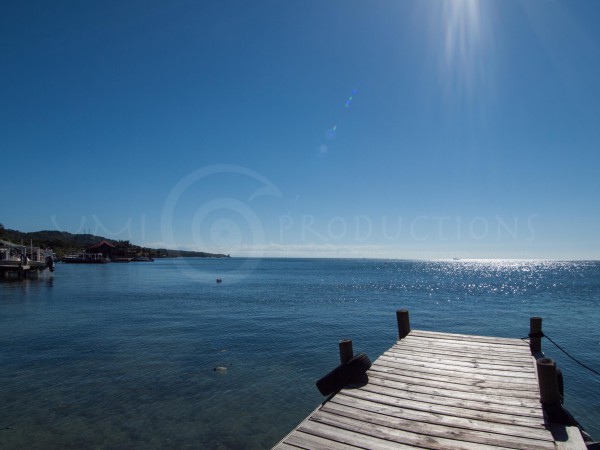When is the best time to visit Roatan?
Roatan is a wonderfully unique island. It’s one of the only places in the world where you can have some of the best diving in the Caribbean just minutes away from land (or seconds, really) while being crazy affordable, beachfront properties and cute Caribbean towns with big supermarkets just a short drive away, the efficiency of a tourist island (albeit a Caribbean efficiency) while also feeling like a place where people actually live, a full range of culinary experiences, from delicious Honduran street food to world class Indian food, and a range of accommodation to choose from, from backpacker hostels to gorgeous boutique hotels and beautiful condos. Sure, there is room for improvement, just like there is everywhere else, but I think it’s safe to say that Roatan is a pretty cool place.
We often get the question, “When is the best time to visit Roatan?”, and there are so many answers to that question. We’ll do a little breakdown for you, month by month, although your final thoughts will probably be, “So…any time of year is a good time to visit Roatan.”
October and November are what we consider low season here. There are not a lot of people on the island, and November in particular can get quite stormy. Fortunately, Roatan is in a good location where we don’t suffer from hurricane season like Mexico does. We’ll get a hurricane roughly once every five years, and once a year we’ll get a pretty bad storm, but it normally blows in and out in about a week in late November. Fortunately, we don’t have freshwater runoffs on the northwest coast of the island, so even if it rains, the visibility stays pretty good. Even if it’s low visibility, the increased nutrients in the water means more fish are hanging off the reef feeding. This is also the time to get low season prices on accommodation, so that’s a win.
December through March is our high season tourism-wise, and especially Christmas, February and March can get very busy. This year, we had a weird bout of northerly winds for a few days in February that left us canceling dives for safety purposes, which was a bit of a bummer considering how many people wanted to dive. It sucks to see the disappointment on people’s faces when they can’t go diving, but it’s also not worth trying to push it if safety is a concern.
As a reference, last February the weather was fine, so this year might have just been a fluke. December through March is still always a great time to visit. High season prices apply to accommodation during this time of year.
April, May and June are quieter. It still rains, but mostly at night, there aren’t any real northerly winds and the island doesn’t have as many people on it. In my opinion, this is one of the best times to visit the island, because the temperature is a little cooler, the island is green and lush, and there aren’t as many people diving. Perfect!
July and August are both hot, hot, hot, and those months can be busier because of summer holidays. The benefit of it being so hot, though, is that there is nothing more refreshing than going for a dive, and you heat up nicely between dives under the Caribbean sun (our hot showers helps, too).
September is hot, dry and no wind. The water temperature is warm, the ocean is flat calm and the visibility is good. In the past, September has been a quiet month on the island, so a lot of dive centers close in September or October (hey, we need a break sometimes, too!). The lack of people on the island, though, means that you’ll get small groups wherever you dive and low season pricing for accommodation. This September is gearing up to be busier than the last two years, though, so it’s possible that the seasons will start to change around a little.
As a warning, because there is no wind, it also means that the sand flies are out more than usual. Make sure to pack baby oil to keep them at bay.
I hope that gives you a little insight into our seasons here. Hopefully your final thought actually IS “Oh, so it’s always good!” because that’s just it. It’s always good.
Happy diving!







